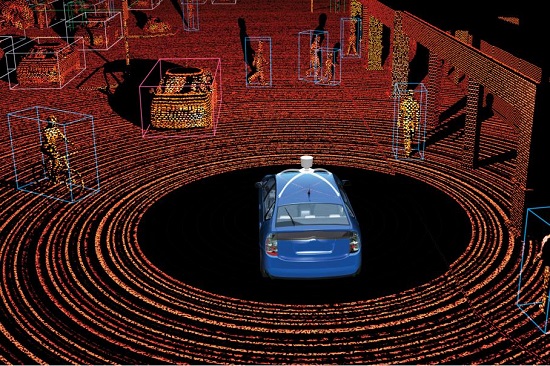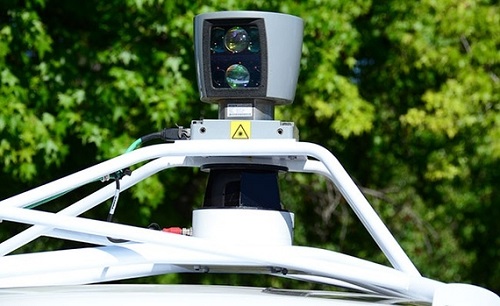"Siri, Take The Wheel"
by Black Ink Team

Self-driving cars (or ‘autonomous vehicles’) are vehicles which can travel on roads without needing to be controlled. They can carry passengers or have none. Different levels of autonomy exist. For example, some self-driving cars rely on human drivers as a fallback in case something happens which they can’t properly react to, and others do not. Also, some cars are only capable of taking over some aspects of driving, such as maintaining a certain distance from the car ahead. 22 states currently allow self-driving cars to operate on public roads in some capacity.
The implementation of self-driving cars in the transportation sector has the potential to make a huge impact, but there are risks involved. Furthermore, some ethical questions must be taken into account. First off, companies will have to face laying off many employees. This may involve the court system, as some affected jobs such as truck drivers are covered by unions. Some employees could stand to lose some of their pay, not their whole job. For instance, delivery truck drivers won’t need to drive but they will still have to unload the truck.

Many people are wondering what will happen when autonomous vehicles start getting into accidents. Their main question is, who will be at fault: the owner of the vehicle or its maker? Since the owner initiated that driving session they may be liable for damages/penalties, but it could also be a case of bad programming. Some lawyers may level their cases against manufacturers for the simple reason that their pockets are deeper. Self-driving car manufacturers will have to ensure that their customers use their products responsibly, and the companies who buy them will need to make sure that manufacturers are producing vehicles that are safe. Negligence and other lawsuits are filed against manufacturers of automated systems all the time already, which may be an indication for the future legal environment surrounding self-driving cars.
Criminals might take advantage of autonomous vehicles. One potential for fraud will be hackers forcing a vehicle to crash in order to cash in on the insurance. Or, they could find ingredients for causing vehicles to crash on their own, without any tampering involved. Hackers could also direct trucks to remote locations so their contents can be stolen with no witnesses around.
Risks associated with self-driving cars will be highest for early adopters. However, initiating their integration early might help companies shift their culture faster. Increased shipping volume will add stress to distribution centers and stockrooms, so there will be a learning curve. As more and more self-driving vehicles operate, their safety will increase. Driving alongside other autonomous vehicles will be easier for them because they are more predictable. Furthermore, vehicles will one day be enabled to communicate with one another and as a result will execute traffic patterns efficiently. Computers can work longer, react faster, and respond to more things at once – but driving is about much more than just staying between the lines.
